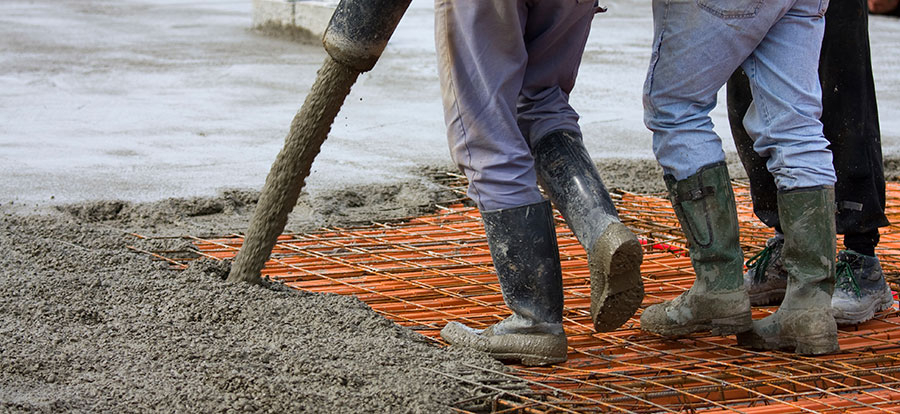3 Pre-Installation Tips That Limit Your Risk of Excess Moisture
When you see cupping, buckling, or crowning on your hardwood floor, moisture has long been accumulating. Don’t wait for the expensive damage to show up. Learn the early warning signs.
Regular condensation or discolored areas on the floor are potential indicators of excess moisture. A persistent musty odor could be mold, which means too much moisture.
A more helpful alternative? Take preventive steps during installation, when you have the most control.
1. Give the wood the time it needs to acclimate to its in-use location.

Before you begin your installation, always give the hardwood flooring time to acclimate properly to its end-use location.
Don’t guess the wood has acclimated because “enough time has passed.” Use a wood moisture meter to measure the moisture content (MC) and confirm it.
Wait for an MC that puts the wood in range of that environment’s equilibrium moisture content (EMC). Make it easier by using a moisture meter that will calculate the EMC for you.
2. Don’t overlook the subfloor.

A concrete or wood subfloor can contain significant amounts of moisture, so be sure to test for that before you install the finished floor.
Whether the subfloor is wood or concrete, if its moisture levels are too high, that vapor will find its way to your hardwood floor. A moisture meter can show the spots that may have high moisture. For concrete subfloors, a handheld will only give you relative readings. An in-situ relative humidity (RH) test is needed for an accurate indication of the moisture condition of concrete.
3. Impress on the homeowner how vital it is to care for their floor.

Using a device like the Wagner Smart Logger to track ambient RH and temperature will help maintain the right conditions for a beautiful floor.
Don’t assume they know the obvious. Advise them never to allow water to pool. Give them cleaning instructions. Stress the need to maintain a stable environmental condition to keep their hardwood floor beautiful. Help them track ambient conditions by leaving behind small air temperature and RH data-logging devices such as Wagner’s Smart Logger™.
Don’t Let Moisture Ruin Your Flooring or Your Hard Work
Remediation is costly to your bottom line and your reputation. Learn the early signs of excess moisture and stay proactive about monitoring conditions. Take the time before and during installation to set yourself – and your hardwood floor – up for success.
Previously published in ProInstaller magazine